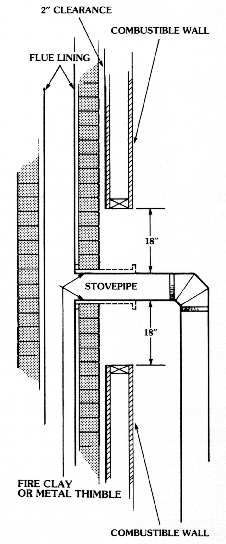If properly installed and maintained metal chimney liners are extremely safe and durable stainless steel is suitable for wood burning gas or oil appliances while the aluminum is an inexpensive alternative for certain medium efficiency gas applications only.
Chimney liner capacity.
The pressure difference in the chimney pulls air and fuel gas from the boiler or fireplace through the chimney and out of the building.
Fresh air kits include.
Use this tool to quickly calculate flue diameter or btu s for single or multiple category 1 appliance venting.
The ideal flue size is typically determined by the exhaust outlet of the stove or appliance.
Guide provided by rockford chimney.
4 x 10 m flex aluminum liner 10 insulation sleeve exterior intake and 2 hose clamps.
Doing the work as a d i y homeowner can save hundreds and possibly thousands of dollars.
This is no job to cut corners though.
Metal chimney liners usually of stainless steel or aluminum are primarily used to upgrade and repair existing chimneys.
The venting capacity of a rectangular or square masonry flue if translated directly into actual or measured square inches of cross section is less than a round chimney flue of the same square inches of venting capacity.
The capacity of a chimney depends on the potential chimney draft the pressure difference created by the inside and outside air temperature difference and chimney height and the chimney area.
For example an 8 x 8 square nominal clay chimney flue tile liner has inside dimensions of 6 3 4 x 6 3 4.
Chimney liner size calculator amp.
Stainless steel chimney liners while offering unrivaled customer service for the best buying experience.
The rule of thumb for sizing a chimney liner is that you never want it to be smaller than the appliance exhaust hole and you don t want the liner to be three times the area of the exhaust hole of the appliance.









